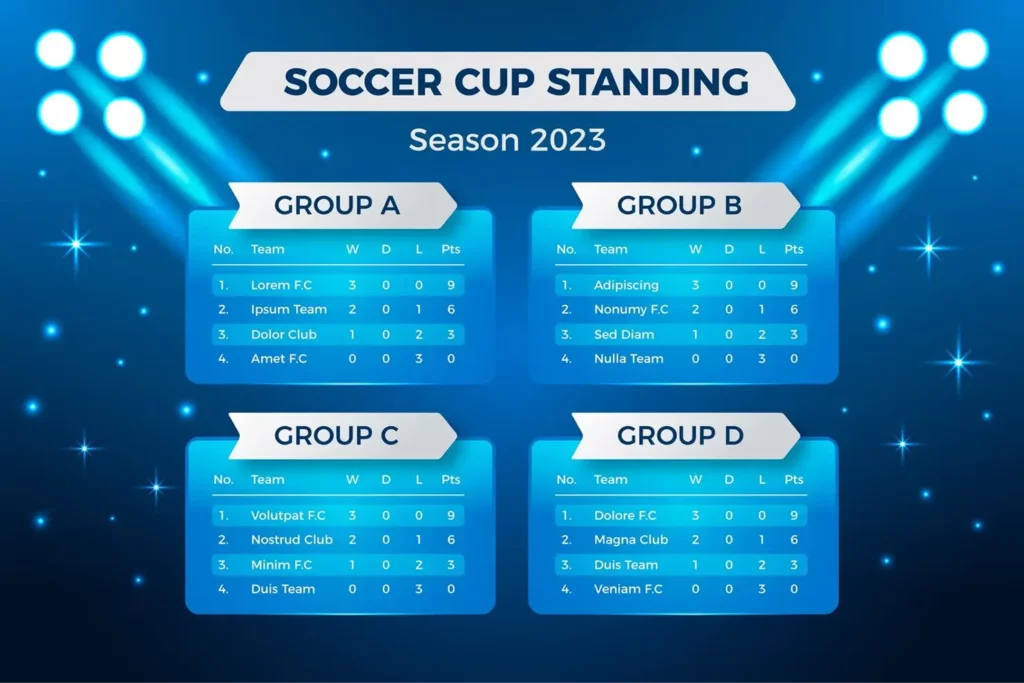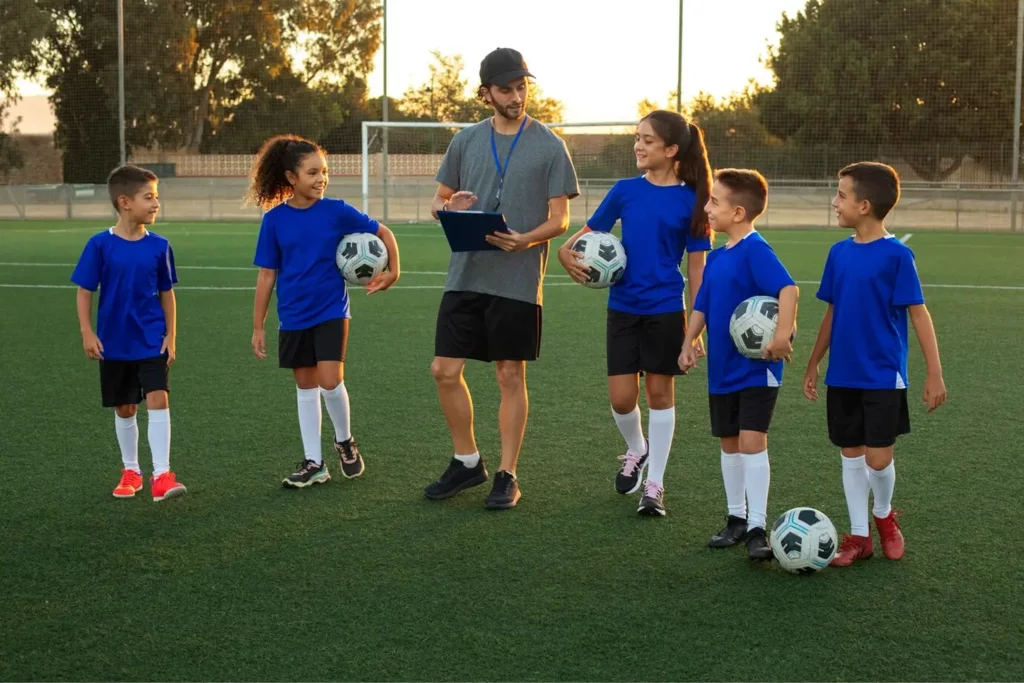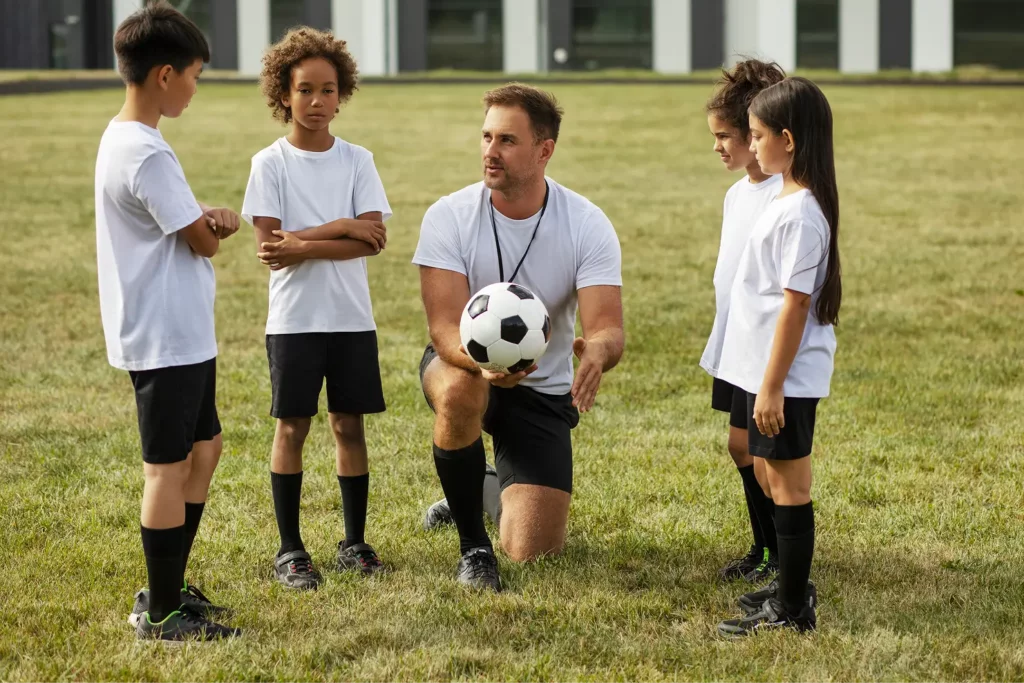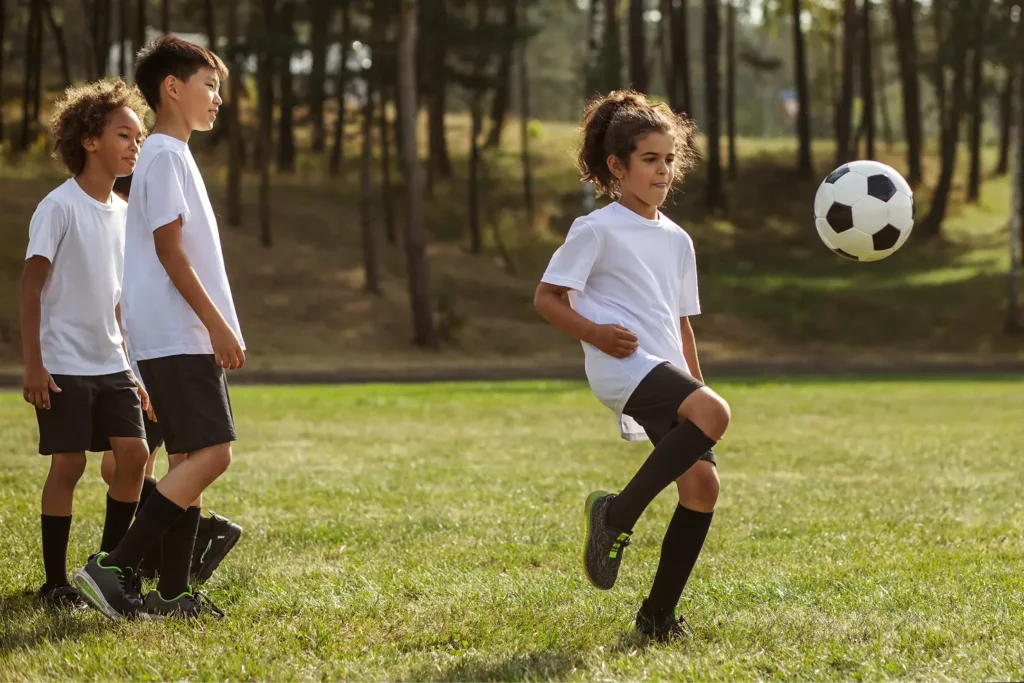CRFC BLOGS
LATEST BLOGS & NEWSLETTERS
Why Different Age Groups Use Different Size Soccer Balls: The Ultimate Soccer Ball Size Guide for Youth Players
When it comes to youth soccer, choosing the right soccer ball size isn’t just about comfort—it’s about performance, safety, and long-term development. From tiny tots to teenage stars, every age group needs a soccer ball tailored to their stage of growth and skill level. But why are there so many different soccer ball sizes, and how do you know which size soccer ball to buy?
Let’s break it down in this soccer ball size guide—backed by sports science and real-world coaching insights from the experts at Charlotte youth soccer club.
The Science Behind Soccer Ball Sizes
Every soccer ball size is designed with the player’s age, strength, and developmental stage in mind. Using the correct soccer ball size helps young athletes:
- Develop proper ball control in Charlotte soccer camps.
- Reduce injury risks (especially in the feet and shins).
- Build confidence during training and matches.
Think of it like using a correctly sized bicycle—if it’s too big or too small, it becomes harder to ride, learn, or enjoy.
Soccer Ball Size Chart by Age Group
Here’s a quick reference soccer ball size chart to match ball sizes with the right age group:
Soccer Ball Size | Age Group | Circumference | Weight | Common Use |
Size 1 (Mini) | All Ages | 18–20 inches | 200–250g | Skills training, fun |
Size 2 | 3–5 years old | 20–22 inches | 250–280g | Ball familiarity |
Size 3 | 5–8 years old | 23–24 inches | 300–320g | Intro to youth soccer |
Size 4 | 8–12 years old | 25–26 inches | 350–390g | Youth soccer matches |
Size 5 | 13+ years old | 27–28 inches | 410–450g | Official match ball (FIFA) |

Why Younger Players Need Smaller Balls
Young children lack the muscle development to safely control a size 5 soccer ball. Using the correct size—like a size 3 soccer ball for U6–U8 players—makes a big difference. Smaller balls:
- Encourage proper ball handling.
- Promote better ball control skills.
- Help children develop coordination and focus.
The Role of FIFA and US Youth Soccer in Standardizing Sizes
Organizations like FIFA and US Youth Soccer provide ball size guidelines to ensure consistency across all levels. These standards ensure:
- Size and weight are appropriate for specific age groups.
- Players can train and compete fairly.
- Clubs follow long-term development goals.

Understanding the Five Standard Soccer Ball Sizes
There are five standard sizes of soccer balls—each with a specific purpose:
- Size 1: Mini ball for skill drills like juggling and passing.
- Size 2: Used for very young players (ages 3–5).
- Size 3: First youth ball for players 5–8.
- Size 4: The sweet spot for pre-teens (U9–U12).
- Size 5: The standard soccer ball for teens and adults.
Training with different sizes can also help improve overall footwork and ball familiarity.
Choosing the Right Soccer Ball for Your Child
When shopping for a soccer ball for youth players, consider:
- Age and body size.
- Training vs match use.
- Surface: grass, turf, or indoor.

How Ball Size Affects Skill Development
Using an age-appropriate ball encourages:
- More accurate dribbling and passing.
- Greater ball mastery and confidence.
- Safer training sessions and gameplay.
Boosting Confidence Through the Right Soccer Ball Size
Confidence is the foundation of development in youth soccer. When players use the correct soccer ball size, they feel in control—which leads to more time spent practicing and loving the game.
- Small wins (like a perfect pass) boost motivation.
- Players stick with the sport longer.
- Coaches can design drills for age-appropriate success.
Explore more confidence-building tips for youth players at Charlotte summer soccer camps.

Indoor vs Outdoor Soccer Ball Sizes
The size soccer ball to buy doesn’t change indoors, but indoor balls are often:
- Slightly heavier to reduce bounce.
- Used for winter soccer training.
Still, you should stick to size 4 or size 5, depending on your player’s age group.
Best Soccer Ball Size to Buy by Age
Here’s a quick breakdown:
- Ages 3–5: Size 2 soccer ball.
- Ages 5–8: Size 3 soccer ball.
- Ages 8–12: Size 4 soccer ball.
- Ages 13+: Size 5 soccer ball.
Need more guidance? Read youth soccer equipment rules to make the best buying decision.
FAQs About Soccer Ball Sizes by Age
What size soccer ball should a 5-year-old use?
A 5-year-old should use a size 3 soccer ball.
What soccer ball size should my child use?
Use size 2 for ages 3–5, size 3 for 5–8, size 4 for 8–12, and size 5 for 13+.
What is the difference between size 4 and size 5 soccer balls?
Size 4 is smaller and lighter, ideal for youth; size 5 is the official match ball.
Can my child play with a larger ball to improve?
No. Using the correct size promotes proper technique and reduces the risk of injury.
What is the smallest soccer ball?
Size 1, also called a mini ball, used for skill development.
Is size 3 too small for an 8-year-old?
Yes. Most 8-year-olds should move to a size 4 soccer ball.
Should indoor soccer balls be a different size?
No, but they are designed differently for surface grip and bounce.
What’s the right soccer ball for youth players?
Use the soccer ball size chart to choose age-appropriate options.
Can my teen use a size 4 ball?
Teens should use a size 5 ball for practice and games.
Does the wrong size ball affect performance?
Yes. It can cause bad habits, increased injury risk, and lower confidence.
Final Thoughts: Why Size Matters in Youth Soccer
The right soccer ball size helps children thrive on the field. It fuels skill development, confidence, and fun.
At youth soccer summer camps in Charlotte Rise FC, we understand that every detail—from ball size to coaching style—affects performance. We’re committed to helping players succeed at every level with the right tools and expert training.

Did you find this useful?


